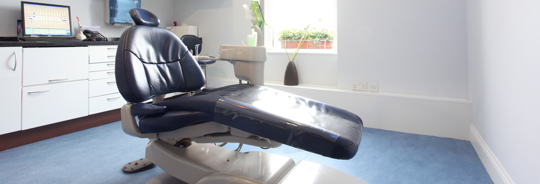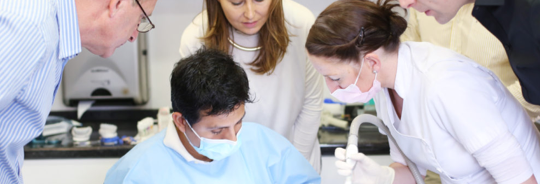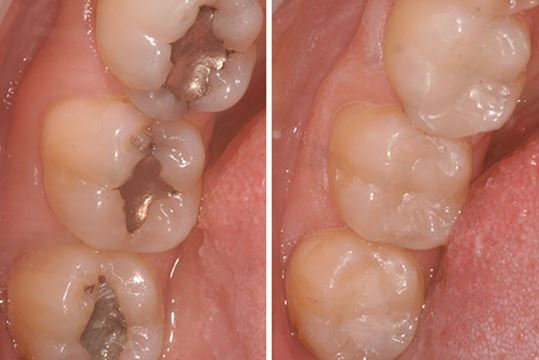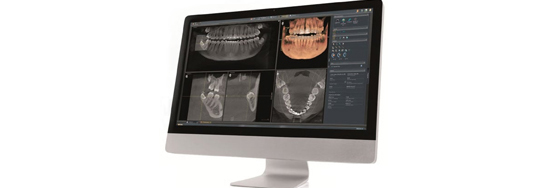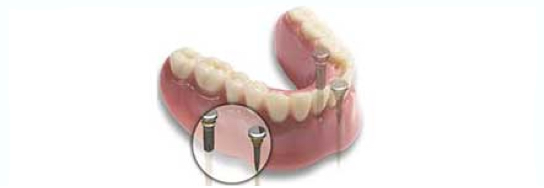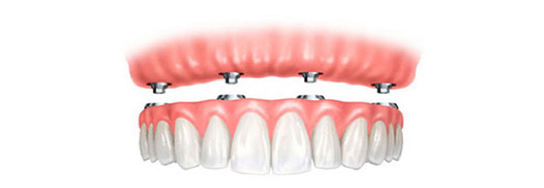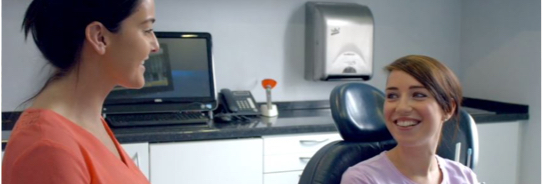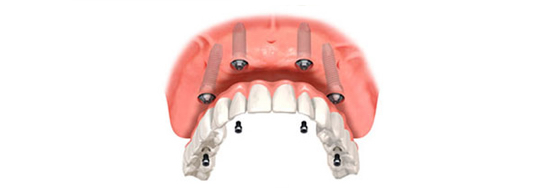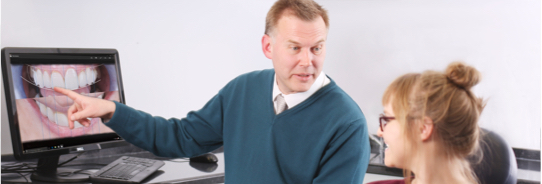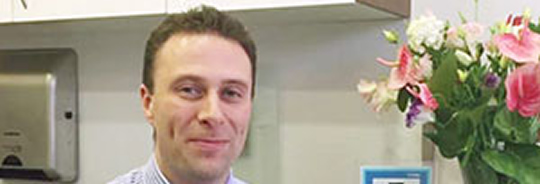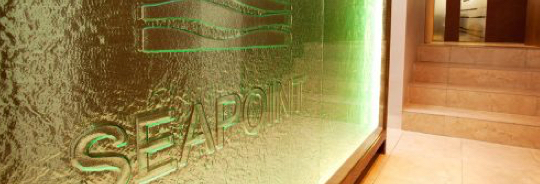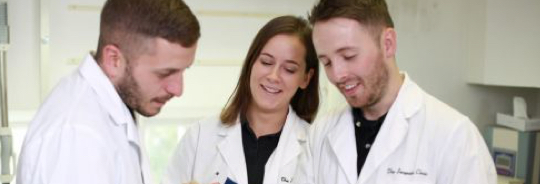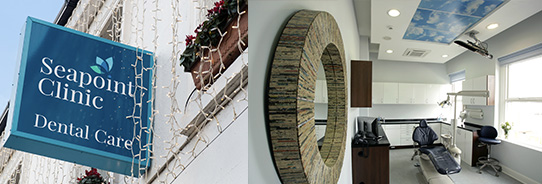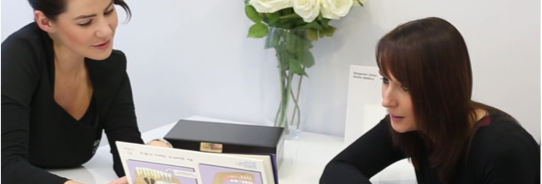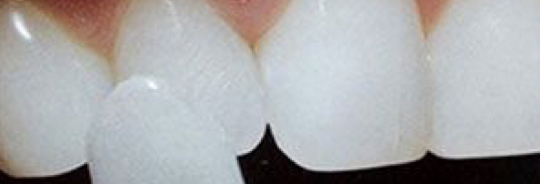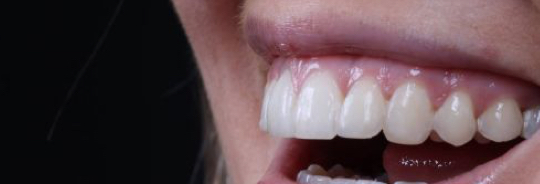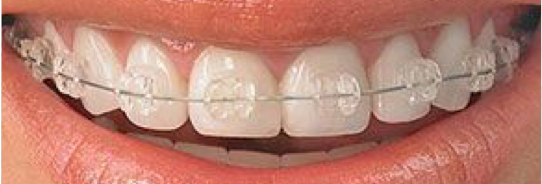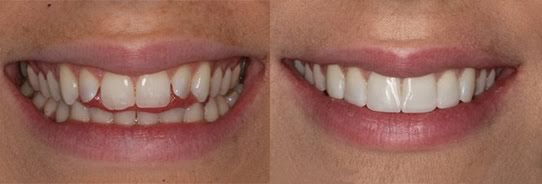
Blog
We post all the latest information here regularly so it's always up to date for you. If there is a topic you would like to have us cover please ask.
5 January 2016
Missing Bone for Dental Implants?

Short Dental Implants:
Many implants used to be 15mm or longer to anchor them as strongly as possible to the bone. It was discovered that the extra length didn’t add much strength and so shorter dental implants can be placed in many cases to avoid the need to bone graft. Some dental implants can be as short as 5mm, although 9mm is the most common. Some very short implants can be placed to avoid nerves and other important structures where before nothing could be done for a patient. Ask about our short Biohorizons or Bicon dental implants of you have previously been told that you cannot have dental implants because of short bone.
Bone Grafting:
There are various types of bone graft which can be done depending on the area and the amount of bone missing.
The most common type of bone graft involves using small chips of sterilised bovine (cow) bone. This bone is placed under the gum or around the implants and acts as a scaffold material for new bone to grow into. The gold standard material for bone grafting is bone from elsewhere in the mouth. Many patients are uncomfortable with the idea of extra surgery to harvest bone however, which is why it is rarely used.
Sinus Grafting:
The sinus is an air space above the back teeth. In most people who are missing teeth for a long time the sinus can expand and takes over the bone where the teeth used to be. A sinus graft reclaims the space where the teeth were and places some bone there. The gum is then stitched back up and allowed to heal for around 6 months. After this time, approximately 95% of the time the bone is now adequate for implant placement.
Zygoma Implants, or Zygomatic Implants:
In the upper jaw when all the bone has been lost there is still usually enough bone in the cheekbones to place implants. These zygoma implants can be used to anchor dentures or fixed teeth.
Angled Dental Implants:
When the sinus or a nerve is potentially in the way of an implant we can tilt the implant away from the hazard in some cases. This technique is most commonly used in full jaw treatments when grafting can be avoided.
Ridge Expansion:
New equipment called piezosurgery allows us to expand bone where before we had to graft. Piezosurgery allows us to make tiny cuts in the bone into which expanders are placed to push out the bone plate.
The Important point is to give us a call and chat through your options if you're worried about lost bone. There are always solutions for everyone.


